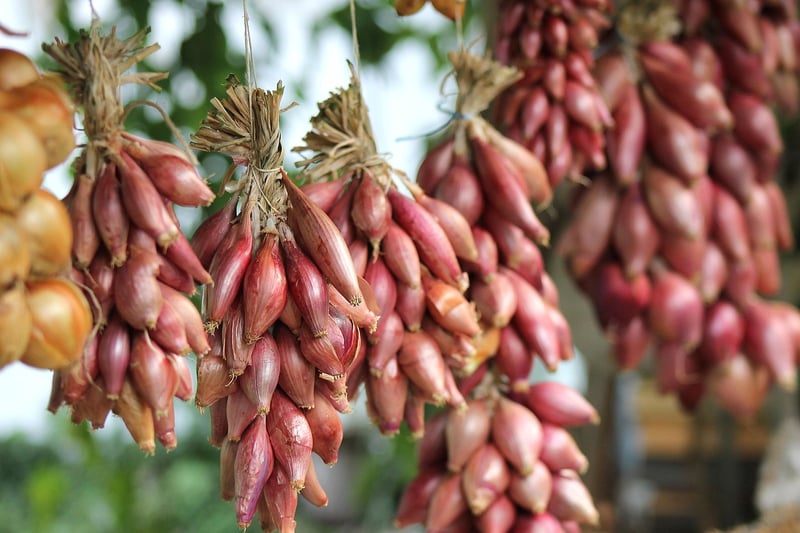Pruning Techniques
Essential Tips for Nurturing Plants and Pruning Techniques
Nurturing Plants
Whether you are a seasoned gardener or just starting, nurturing plants requires attention to detail and care. Here are some essential tips to help your plants thrive:
1. Proper Watering
Water your plants deeply but infrequently to encourage strong root growth. Avoid overwatering, which can lead to root rot.
2. Adequate Sunlight
Ensure your plants receive the right amount of sunlight based on their specific needs. Some plants thrive in full sun, while others prefer partial shade.
3. Nutrient-Rich Soil
Use high-quality soil or amend your existing soil with compost to provide essential nutrients for plant growth.
4. Regular Pruning
Prune dead or overgrown branches to promote new growth and maintain plant health. Proper pruning also helps shape the plant.
Pruning Techniques
Pruning is a vital part of plant care that helps improve aesthetics and overall plant health. Here are some common pruning techniques:
1. Deadheading
Remove dead or faded flowers to encourage the plant to produce more blooms and redirect energy towards healthy growth.
2. Thinning
Thin out crowded branches to improve airflow and sunlight penetration, reducing the risk of disease and promoting overall plant vigor.
3. Heading Back
Heading back involves cutting back a portion of a branch to stimulate growth lower down, promoting a fuller and bushier plant.
4. Rejuvenation Pruning
For older or overgrown plants, rejuvenation pruning involves cutting the plant back severely to stimulate new growth and rejuvenate its appearance.
By following these nurturing tips and pruning techniques, you can help your plants flourish and create a healthy and beautiful garden.


